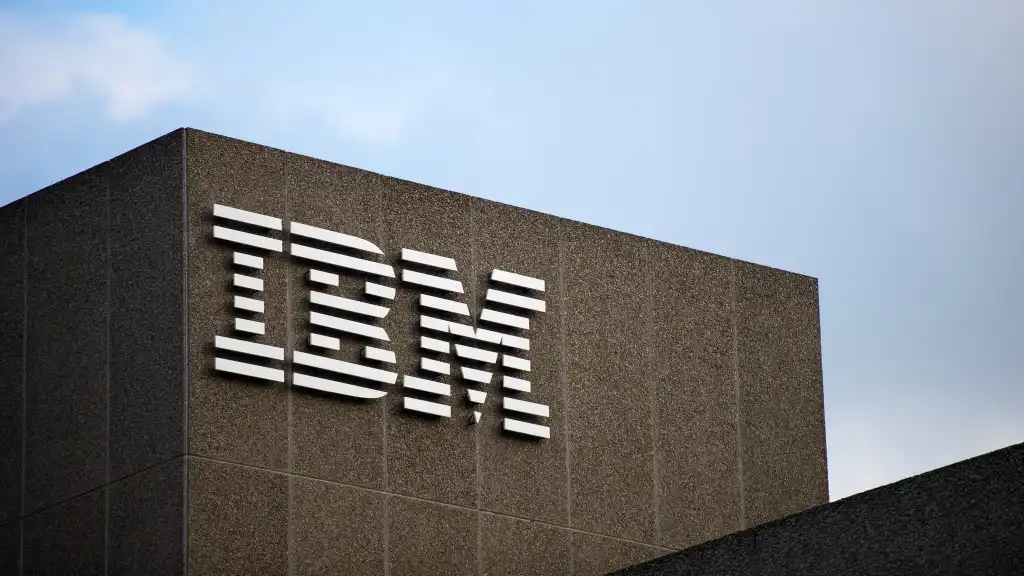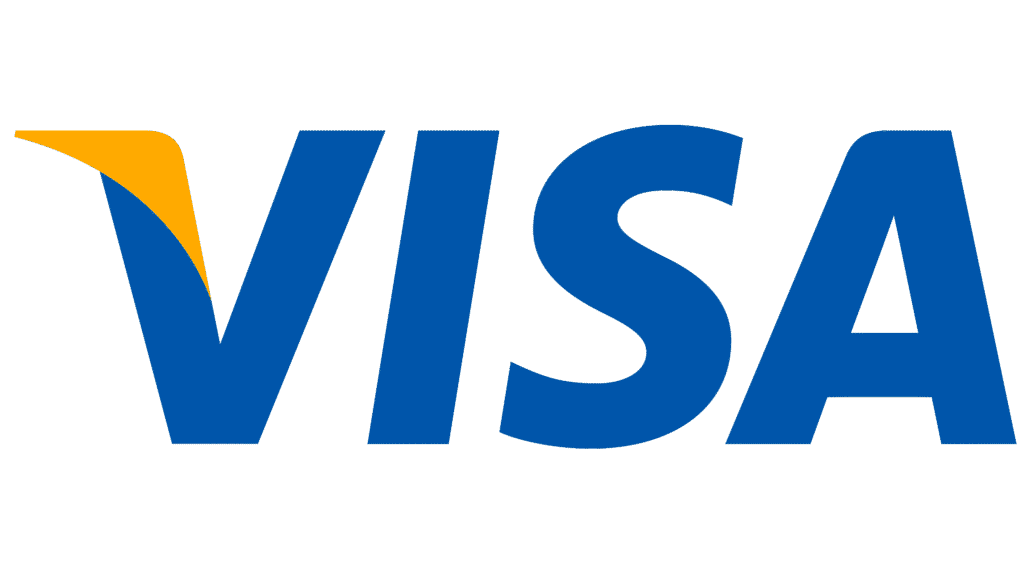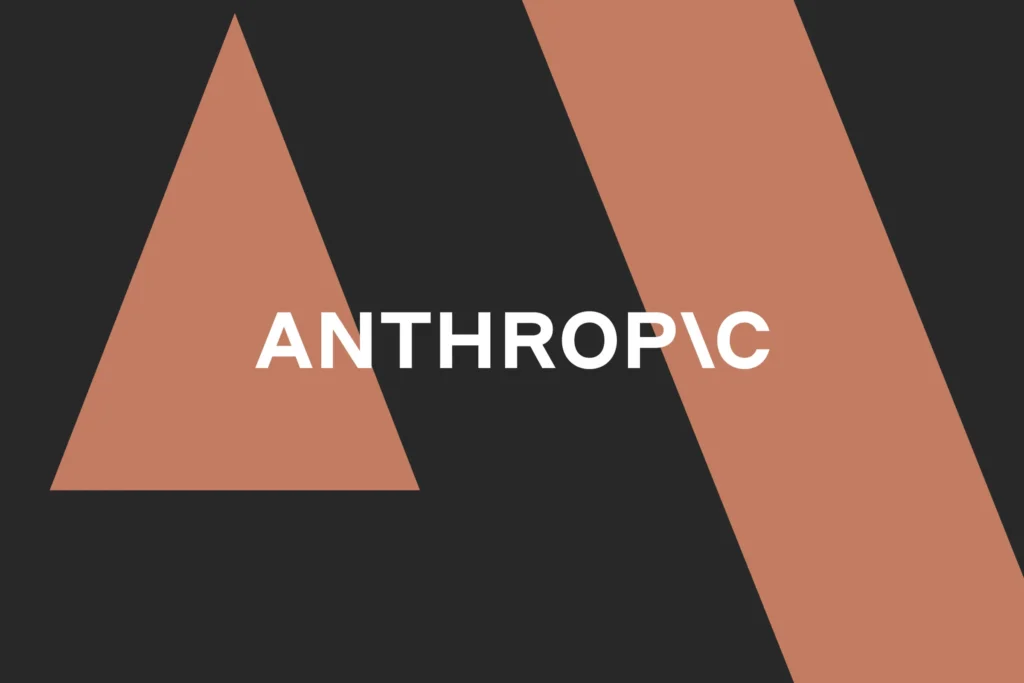Applications are now at the center of nearly everything organizations do—powering services, handling transactions, and connecting with customers. But as apps become more complex, attackers see them as prime targets. With microservices, third-party dependencies, and AI features adding layers of risk, traditional security methods can’t always keep pace.
That’s where AI-powered application security (AppSec) comes in. These tools automate scanning, detect patterns, and even predict threats, helping teams secure modern software at the speed of development.
Best practices for AI-driven AppSec
To get the most out of these tools, experts recommend:
- Integrating security early in the development cycle.
- Combining AI tools with traditional methods like SAST, DAST, and manual reviews.
- Choosing adaptive platforms that continuously learn from new threats.
- Keeping human expertise involved for complex decision-making.
- Ensuring compliance alignment with regulations such as GDPR, HIPAA, and SOC 2.
Five standout AI AppSec tools
Apiiro
Known for risk intelligence across the software supply chain, Apiiro uses contextual AI analysis to assess vulnerabilities, developer actions, and business impact.
Mend.io
A unified platform that covers code, open source, containers, and AI-generated logic. Mend.io is strong in automated, context-rich remediation that helps developers fix issues faster.
Burp Suite
A veteran tool now enhanced with AI, Burp Suite brings machine learning to penetration testing, adapting to modern API-rich and dynamic applications.
PentestGPT
A generative AI platform that mimics attacker tactics. PentestGPT can create new attack strategies, payloads, and even guide developers through real-world exploit scenarios.
Garak
Specialized in AI-driven applications, Garak is built to secure LLMs, generative agents, and their integrations—protecting against risks like prompt injections and privacy leaks.
Core features of AI security platforms
Most AI AppSec solutions share common strengths, including:
- Smarter vulnerability detection powered by large datasets.
- Automated, contextual remediation advice.
- Continuous monitoring of runtime behaviors.
- Prioritization of risks based on real-world exploitability.
- Seamless integration with DevOps pipelines and workflows.
Building resilient software in an AI era
In 2025 and beyond, application security is no longer about just finding vulnerabilities—it’s about building resilient systems that can adapt as quickly as attackers innovate. AI-driven tools are at the forefront of this shift, providing developers and security teams with the intelligence and automation needed to keep pace.
From scanning code to protecting AI itself, these platforms mark a major evolution in digital defense—and will likely become the backbone of secure software development moving forward.
Source: https://www.artificialintelligence-news.com/news/the-5-best-ai-appsec-tools-in-2025/





